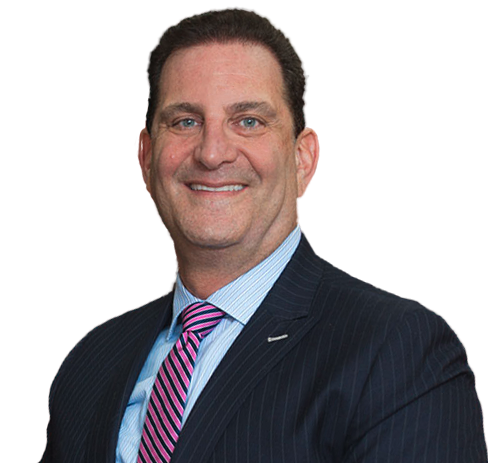Lightning Damage Claims Attorneys
Lightning damage is the fifth most common type of homeowners insurance claim, according to the Insurance Information Institute. But, it’s the most expensive type of claim on average at more than $50,000 per claim. When lightning damage affects the home, most homeowners submit a claim through their homeowners’ insurance and wait for a policy payout so that they may begin repairs. Unfortunately, insurance companies often stall on resolving your claim or outright deny your claim; the insurance lawyers with the Law Offices of Michael B. Brehne, P.A., are here to help you if this happens with your lightning damage claim.
Types of Lightning Damage
Lightning can affect most parts of a home, but primarily any appliance or other household items plugged into an electrical outlet at the time of the strike. Common examples include:
- Computers, laptops and tablets;
- Cell and landline phones;
- Dishwashers;
- Refrigerators;
- Washer and dryer;
- Televisions; and
- Video game consoles.
Along with damage to these devices, fire damage is often present as a result of the lightning strike. The ensuing fire is the driving force behind most claims, whether the fire affects a small part of the home or the entire structure. Additionally, the electrical system of a home typically suffers damage with a lightning strike and may need to be rewired by a professional electrician.
What To Do After Lightning Strikes
Generally, homeowners insurance companies cover lightning strikes under a named peril policy or an all-risk policy. However, the first thing you should do after lightning strikes is to check your specific policy.
Review Your Homeowners Insurance Policy
The homeowners insurance policy issued for the property explains if the lightning damage is covered. A policy will detail the amount of reimbursement you can receive to repair under a covered loss. If you’re unsure of the language used in the policy and whether coverage is provided, a bad faith insurance attorney with the Law Offices of Michael B. Brehne, P.A. can review the policy and provide guidance.
Document All Damage
Take photos or videos from different angles and make note of all appliances, fixtures, and systems that were damaged by the lightning strike. Remember the associated electrical surge causes most damage which may not be apparent until an appliance, for example, doesn’t turn on or works improperly.
Notify The Insurance Company
Most homeowners insurance policies state the length of time a homeowner has to notify the company of lightning damage and begin the claims process. If you have an insurance agent, they should be able to help file a claim and/or answer any questions. Share any documentation you have with the insurance company as this generally helps strengthen the claim. It also helps determine how much the insurance company should pay out for the damage.
Mitigate Further Damage
If the insurance company or an agent advises you to take steps to prevent further property damage, it’s important to do so. A common example of mitigation is temporarily securing and covering structural issues, such as an open hole caused by the lightning strike, until appropriate repairs can be made.
Lightning Damage Claim Denials
A legitimate lightning damage claim may be denied by the insurance company for many reasons but unclear or specific wording in the policy is often cited. Because most policies are written in a manner many homeowners are unable to understand, an insurance company may deny a claim knowing the homeowner won’t appeal the decision. The insurance dispute attorneys with the Law Offices of Michael B. Brehne, P.A. can review your claim and provide guidance as to what legal steps are available for the situation.
